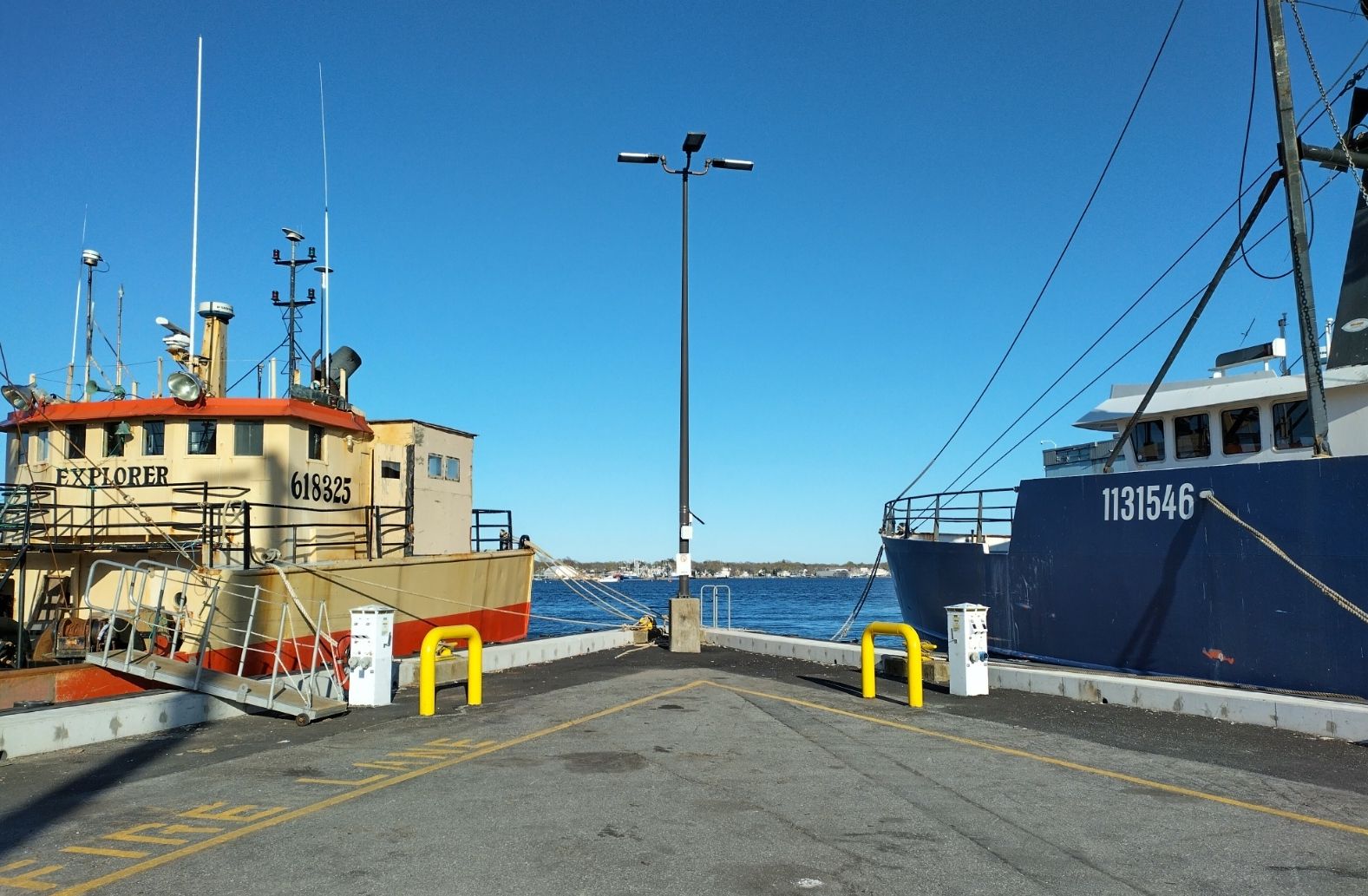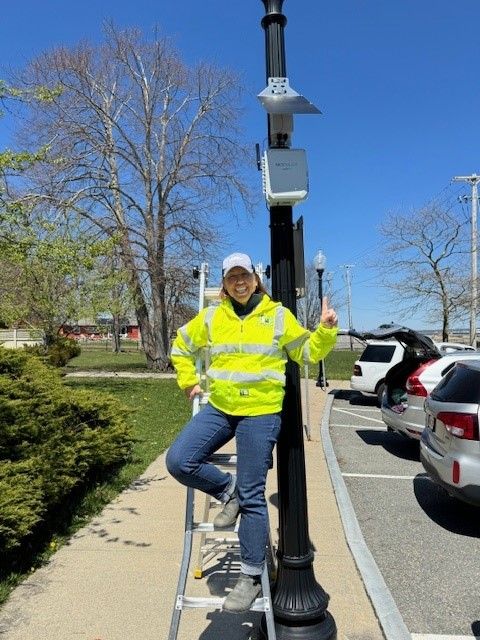The historic port city of New Bedford collects data to ensure the energy transition brings cleaner air to residents
A new network of EPA-funded air quality monitors is being deployed across New Bedford, Massachusetts, in an effort to collect real-time, hyperlocal data to help ensure a clean energy transition for all residents.

The City of New Bedford, Massachusetts has announced a new air quality monitoring network to engage and empower local residents with real-time, neighborhood-level air quality data. The vibrant history of the city - in particular, the Port of New Bedford – from whaling to commercial fishing to new clean energy infrastructure projects – uniquely positions the 100,000-person municipality to prioritize healthy air quality outcomes for residents throughout the climate transition.
The initiative, one of 132 nationwide to be funded through the EPA’s 2022 American Rescue Plan (ARP) community air pollution monitoring grants, is a partnership between the City’s Resilience and Environmental Stewardship Office and area nonprofit Groundwork Southcoast. The entire project is powered via a network of QuantAQ sensors.
“Taking advantage of this emerging initiative will provide the baseline data we’ll use to measure progress as we transition to cleaner energy and the reduction of greenhouse gas emissions,” said Michele Paul, the City’s Director of Resilience and Environmental Stewardship.
Sensors are now operational at four of the twenty proposed locations. Once fully deployed in late Spring 2024, the project will see these sensors deployed throughout the City, north to south, in an effort to understand baseline exposure rates and equip decision-makers with the information needed to understand the impact of sustainability investments such as port decarbonization, clean energy utilization, greenspace development, and more.

Air quality data will be collected using QuantAQ's MODULAIR™ sensors and data will be made available to the public showing minute-by-minute changes in the concentration of particulate matter (PM) and gaseous pollutants (including carbon monoxide, ozone, nitric oxide, and nitrogen dioxide).
We’re thrilled to support this team of civic innovators and public stewards as they embrace emerging opportunities and investments to ensure a clean energy transition for all.

